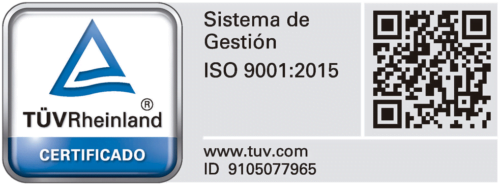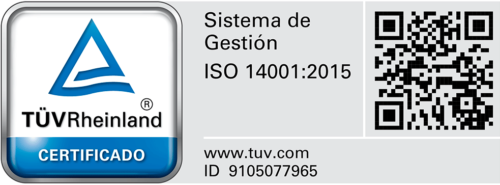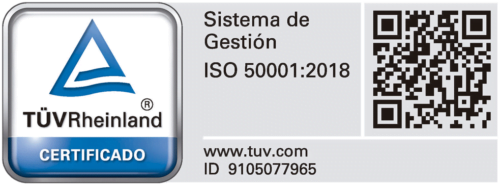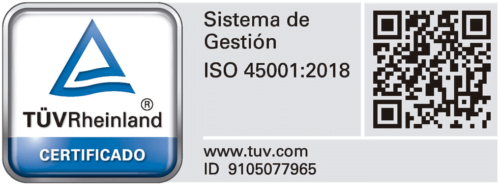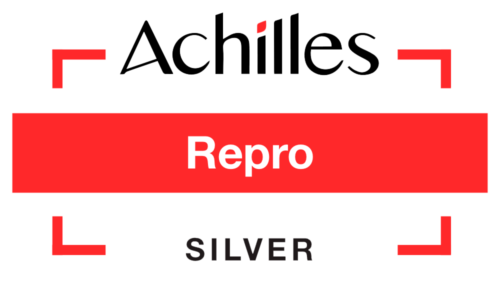Smart BIM: C-32 road success casse
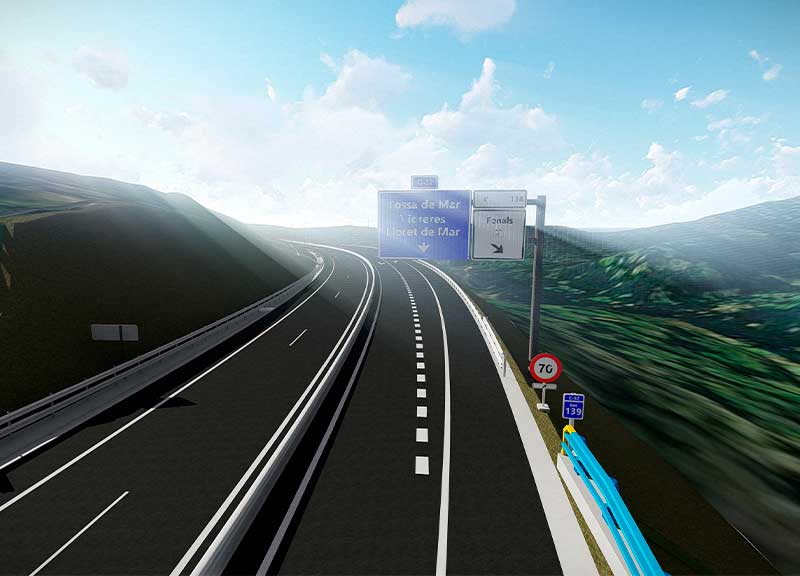

On 20 November we presented the conference “SMART BIM: ROAD C32 CASE” at the SmartCatalonia agora, around the Smart City Expo World Congress 2019 held in Barcelona.
During the session, the BIM model of the C-32 motorway extension construction project was presented. The motorway is located in the northeast of Catalonia crossing the coastal mountain range and runs parallel to the Mediterranean coast between the provinces of Barcelona and Girona, mainly affecting the municipalities of Tordera, Blanes and Lloret de Mar with a total distance of 122 km.
The extension of the C-32 from Tordera to Lloret de Mar has two main roads, on the one hand, the main road of the C-32 of 6.6 km, and on the other hand the road between the junction of Fanals and Papalús of 1 km.
The main structures of the projected branch due to the orographic difficulties of the terrain are: 2 tunnels of 155m and 335m, as well as 5 bridges with lengths between 90m and 130m.


The title of the presentation was Smart BIM. Not only because it was presented on the Smart City World Congress, also because walked the attendants through the reasons why the project is an example of what IDP considers SMART BIM:
1-Multidisciplinary and Cross-platform Coordination
It’s a multidisciplinary project that has been modeled in different BIM Software platforms, depending on the nature of the elements. The Disciplines are: Road Design, Drainage, Structure, MEP, Vertical and Horizontal Signs of the Road.
The main Software used for that purpose has been ISTRAM, REVIT, TEKLA and ALLPLAN, among others.


2-Data Structure
The data structure is crucial in any BIM project.
We applied a Model nomenclature that let us discretize between the software used and its corresponding discipline through the acronyms contained in the linked models of the Federated Model.
The relevant data of each BIM element was grouped under the “IDP_PARAMETERS” tab in order facilitate the search of parameters in the Model.
3-Parametric Design
We have used Dynamo and programming in order to digitally fabricate some of the elements of the model, reducing the amount of time spent modeling.
4-Open BIM: IFC & BCF
We have used Building Smart Open BIM standards. That way the client can use any IFC and BCF platform he desires to consult the information contained in the models.
5-Project Revision without Drawings
In order to review the project, we have agreed with the client a reporting system through the Federated Model, where he can leave comments attached to different viewpoints. We export all these comments to an excel file to internally organize the derived tasks.


6-Customer Training
We have done customer training on the beginning of the service to assure that the communication workflows and the revision of the model are done as expected for both parts.
7-5D: Database Approach
All the elements of the model are coded in order to be linked to the Cost Plan. We have integrated all the information (Chapter, Budget Line, Description and Unit of Measure) in one Access database that we have dumped into TCQ from ITEC. We can use any Cost Plan Software that the client requires. Mainly because we do a Database approach to 5D.
8-CDE + Communication Platform
We have used a Common Data Environment and a BCF communication platform. One Drive to share files between IDP and the client and Bimcollab to keep traceability of all the issues that have been appearing during the project development.
9-Simulation: BIM Driving
Virtual Reality lets us democratize the evaluation of the Road Design, so that you don’t need to be a specialist in the field to evaluate the road. It also allowed us to quickly detect the lack of visibility of some traffic signs or the impact of the road on the orography.
10-Amazing team behind it all
The last and most important fact that makes Smart BIM is the team behind it all: a young and united team, remarkably passionate about their work is the key to smart innovation.
Here we leave you the streaming of the session:

